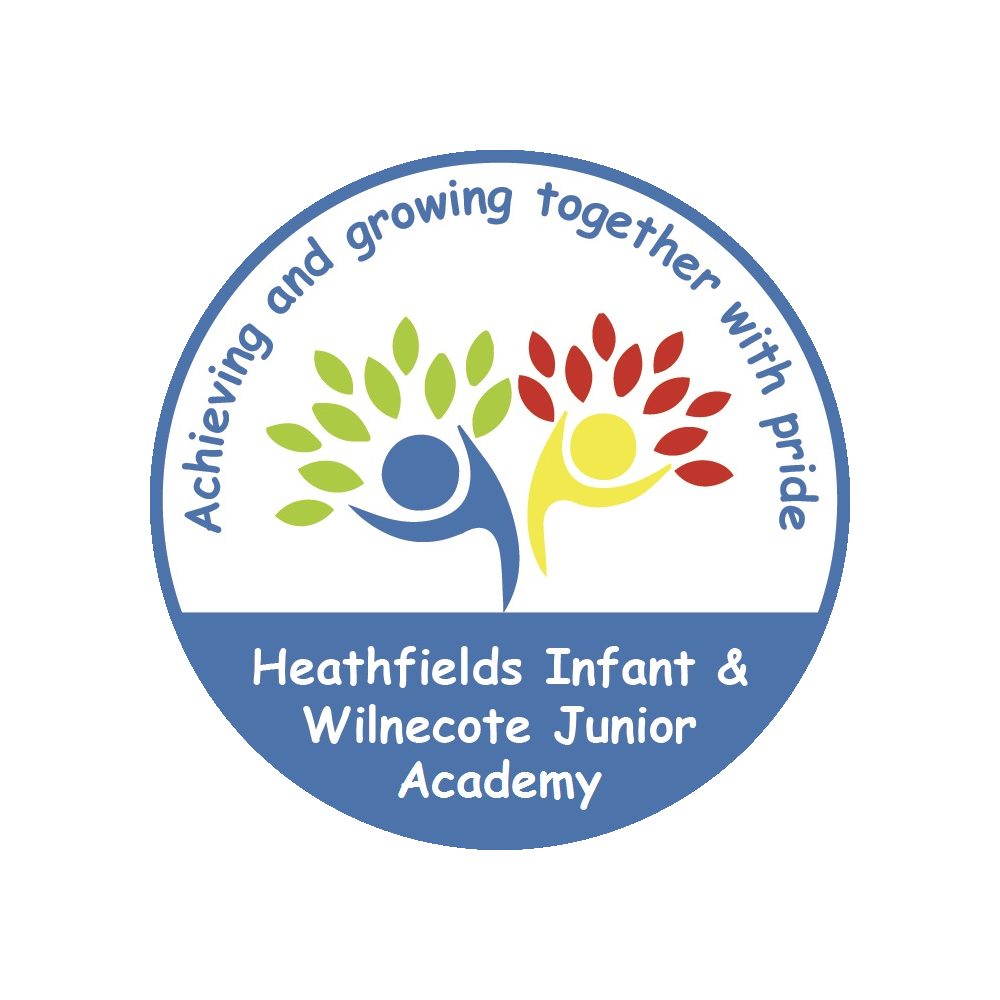Geography
Intent
Heathfields and Wilnecote Geography curriculum aims to inspire pupils to become curious and explorative thinkers with a diverse knowledge of the world; in other words, to think like a geographer. Our scheme encourages;
- A strong focus on developing geographical skills and knowledge
- Critical thinking, with the ability to ask perspective questions and explain analyse evidence
- The development of fieldwork skills across each year group.
- A deep interest and knowledge of pupils' locality and how it differers from other areas of the world.
- A growing understanding of geographical concepts, terms and vocabulary.
Implementation
Our Progression of skills and knowledge shows the skills taught within each year group and how these develop to ensure that attainment targets are securely met by the end of each key stage. Geographical key concepts are woven across all units rather than being taught discretely as seen in the Progression of key geographical concepts.
The national curriculum organises the Geography attainment targets under four subheadings or strands;
- Locational knowledge
- Place knowledge
- Human and physical geography
- Geography skills and fieldwork
The Kapow Primary scheme is a spiral curriculum, with essential knowledge and skills revisited with increasing complexity, allowing pupils to revise and build on their previous learning. Locational knowledge, in particular, will be reviewed in each unit to coincide with our belief that this will consolidate children’s understanding of key concepts, such as scale and place, in Geography.
Impact
The expected impact of following the Kapow Primary Geography scheme of work is that children will:
● Compare and contrast human and physical features to describe and understand similarities and differences between various places in the UK, Europe and the Americas.
● Name, locate and understand where and why the physical elements of our world are located and how they interact, including processes over time relating to climate, biomes, natural disasters and the water cycle.
● Understand how humans use the land for economic and trading purposes, including how the distribution of natural resources has shaped this.
● Develop an appreciation for how humans are impacted by and have evolved around the physical geography surrounding them and how humans have had an impact on the environment, both positive and negative.
● Develop a sense of location and place around the UK and some areas of the wider world using the eight-points of a compass, four and six-figure grid references, symbols and keys on maps, globes, atlases, aerial photographs and digital mapping.
● Include a paragraph that explains your assessment models (AfL), tracking and evidencing progress processes in Geography.
● Identify and understand how various elements of our globe create positioning, including latitude, longitude, the hemispheres, the tropics and how time zones work, including night and day.
● Present and answer their own geographical enquiries using planned and specifically chosen methodologies, collected data and digital technologies.
